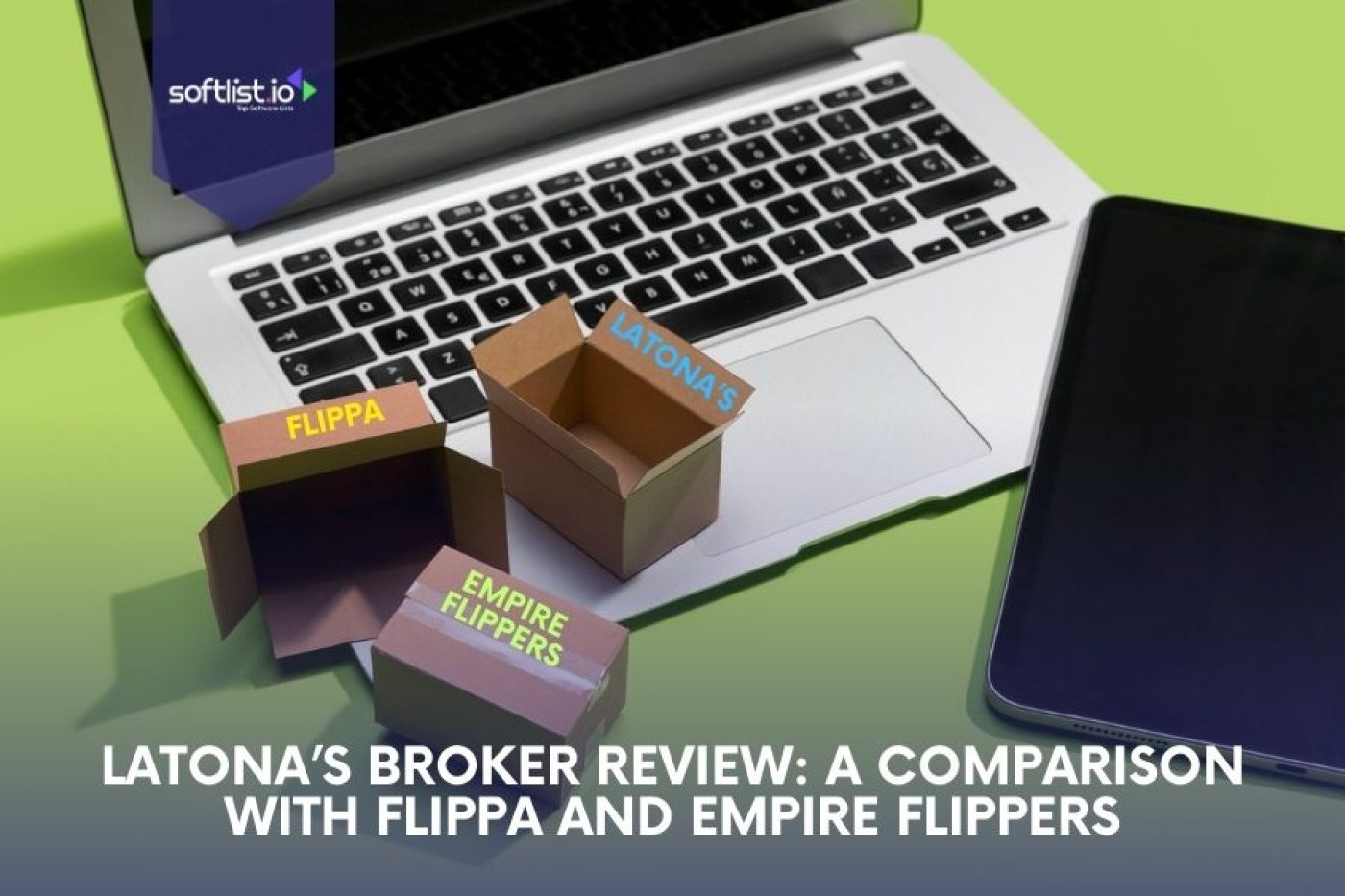A website is often the first, and sometimes, your only shot at brand exposure online. It’s crucial in making a first impression. And 94% of first impressions have something to do with a brand’s website design, according to a 2021 survey. Beyond making it visually appealing, a site’s visual elements must communicate who you are and what makes you unique to potential customers.
You’ve worked hard to establish your business and make a name for yourself. It’s time to ensure your website reflects and reinforces your brand identity.
In this guide, we’ll walk through the key elements you need to focus on to ensure your website desgin builds and promotes your desired brand image.
Why Website Design Is Essential for Your Brand Image

Reflecting your unique brand identity throughout your website design not only creates a positive first impression. It’s also crucial for several important reasons:
- It reinforces recognition and recall
A consistent visual identity across all web pages helps visitors link your site to your brand, even if arriving from an external link. Repeated exposure to brand-aligned colors, logos, imagery, and messaging builds familiarity and memory associations, making your brand top-of-mind.
- Establishes credibility and professionalism
A polished, intentional brand presence through carefully designed web aesthetics makes a strong impression of credibility. It signals your authority and commitment to excellence in your offerings. This perception can be the difference between appearing reputable or fly-by-night.
The same holds when looking for professionals to work with for your web design and other needs. Check out this page from smartlydone.com to know what to expect when partnering with an agency.
- Creates an emotional connection
On-brand visuals like compelling text and photography establish the desired tone and feeling. Visitors instinctively get a sense of the personality behind the brand. Making these gut-level connections through web design makes customer relationships stronger.
- Reaffirms brand promise
Brands implicitly promise customers things like product quality, innovation capabilities, or commitment to sustainability. Consistent brand identity reaffirms devotion to delivering on these promises across all aspects of the customer experience, including the website as a primary touchpoint.
Tips for Making A Brand-Centric Web Design

Ensuring your web presence aligns with and reinforces your core brand identity cements critical recognition and trust while creating the desired emotional impact on each visitor. Here are some ways to strategically leverage this digital real estate through intentional web design:
Choose Colors and Imagery That Align with Your Brand Personality
One of the most instant ways to establish a look and feel for your brand is through visuals like color and imagery. When selecting colors, it’s important to consider the emotions and ideas you want to convey. Cool tones like blues and greens promote a sense of trust and security. At the same time, warm reds and oranges convey energy and excitement.
The images you feature should reflect your brand personality. For example, if you want to emphasize a fun, playful identity, incorporating candid lifestyle photography or illustrations can help you stand apart from competitors using generic stock photos. Take the time to create on-brand graphics and photos so that visitors instantly “get” the emotions you want to elicit the moment they land on your site.
Show Consistency in Your Site’s Overall Look
Just as strong verbal brand messaging creates an emotional connection, customers will also form perceptions based on less concrete cues. These include visual aesthetics and the overall vibe of your website. Consider the following elements that influence them:
- Layout: Is your site clean and streamlined or bold and colorful? Structural layout impacts user experience but also indicates brand personality.
- Typography: Font styles and sizes prompt emotional reactions and set the tone. So, select the ones that align with the image you wish to project.
- Texture & Imagery: Incorporate graphical or photographic elements to create the overall ambiance. Consider patterns, illustrations, shapes, and other repeating visual devices.
- Color Palette: As mentioned earlier, choose hues that elicit the desired feelings you want to convey to visitors.
Craft some brand guides documenting details like approved fonts, official color codes, logos with minimum surrounding white space, and photography lighting standards. Make these available to any collaborators contributing content. Investing the effort into consistent brand identity pays off by boosting memorability and perceptions of your credibility.
Clearly Communicate Your Brand Story and Messaging
You should have a brand story that explains who you are, what motivates you, and how you serve your customers uniquely. Explaining the story behind your brand allows visitors to connect with your mission. This story should be shown on your website through the following sections:
- Your ‘About Us’ page
- Homepage content
- Video testimonials
- Past and current media coverage.
Your messaging should also align across all platforms where prospects may encounter you, including your business cards, social media, and advertising channels. Consistent messaging helps reinforce retention in your audience’s mind so they remember what makes you special.
Reflect Your Ideal Customers’ Preferences
Knowing your target audience inside and out is key for effective website design. A tailored web design not only avoids turning visitors off but also makes them think, “This site really gets me!” by aligning with the aesthetic and functional preferences of your niche demographic.
Optimize web design based on age and gender preferences. Visit sites your ideal customers frequent and note what layouts, features, and content types keep them engaged. There are some best practices almost all users prefer, like clear navigation, quality content, simple interfaces, and fast load times.
Prominently Display Reviews and Testimonials
Nothing establishes and boosts credibility better than satisfied and loyal clients. Use them to convince others to consider your products and services. You can build trust and confidence in your brand quality by spotlighting customer reviews and testimonials prominently on your homepage and other key pages.
To optimize authenticity and impact, use photos of real customers in testimonials whenever possible, not just quotes over generic stock images. Video reviews are also incredibly persuasive.
Upload brand-validating assets through the following formats:
- Content from ideal customer demographics
- Positive reviews from industry experts
- Inspiring stories from past clients describing how your brand solved their struggles.
Prominent social proof across your website is more effective than directly claiming why your brand deserves attention.
Showcase Your Company Culture and Team
Your website’s “About Us” page is the perfect space to give visitors a window into your company culture, values, and team members. Visitors connect better when they can envision real people behind the brand. So, showcase true culture by pulling back the curtain and creating relatable stories and images.
If you’re a small brand with one or two founders, share your origin story and vision to make you more relatable. For larger brands, introduce key team members through vibrant, high-quality photographs and brief descriptions. Quote your staff for an insider’s view compared to generic corporate speak about values. Share any energizing brand rituals that shape the team members’ experience, like weekly yoga breaks or mandatory dance parties.
Align Website Functionality with Brand Promise
Customers today put a premium on website user experience. Make contacting your support team convenient at every stage if exceptional customer service sits at the core of your branding efforts. Embedding live chat widgets and visible contact info in footers are a must.
If cutting-edge proprietary technology and product innovation is central to your company, share interesting progress for specific products. For example, show video clips of product testing reactions so visitors can grasp your commitment to constant improvement.
Hospitality brands built around warmth and local connections can auto-recommend nearby interest points or upcoming community events when users enter their site. Delivering user experiences aligned with core brand promise boosts credibility, so identify relevant opportunities.
Leverage Calls-to-Action Strategically
Calls-to-action typically appear as clickable buttons prompting visitors to do something. Strategically placed CTAs can guide users to take the next steps, like “Start Free Trial” or “Book an Appointment.”
Place gated content offers like free downloads on product pages to bring visitors further into your sales funnel. Additionally, promote registration for an upcoming webinar highlighting a trending topic that would interest your niche audience. Use embedded buttons on relevant blog posts.
The key with calls-to-action ties back to knowing your users’ context and motivations when they visit specific pages. Then, use relevant prompts to convert casual visitors into invested customers. Track success over time and refine placements plus messaging to capture interest.
Implement Tracking for Data-Driven Refinement
Detailed metrics allow companies to optimize site design without fail. This is crucial as customer behavior often changes in the digital era. Addressing customer needs must drive constant enhancements toward building brand familiarity.
The best website design tools often leverage web analytic metrics like click-through rates, email capture, and online conversion rates to identify engagement levels. Revise low-traffic pages to entice and engage your audience better.
The Takeaway
Every brand has a unique personality comprising its values, passions, offerings, and customer community. Your website design should act like an approachable salesperson reflecting what makes your brand special to each visitor.
Small cues combine to make a strong imprint reflecting your identity–from visual aesthetics to compelling content. Thoughtfully presenting on-brand messaging, custom graphics, relevant resources, and prominent social proof can help craft a website design that persuades potential customers. It helps your audiences understand your company better while adding value.
Ultimately, the impression you make during initial site interactions impacts brand perception. So, leverage your website design to communicate the heart of your brand. Remember these best practices as you develop or refine your online presence.








